Our Colorado landscapes are as diverse as seashells along a coastline. Here we skip the shells and surround ourselves with landscapes of mountains, hills, plains, rugged valleys, lakes, rivers, sand, and soil.
The word “landscape” is borrowed from artists. Landschap is Dutch for “paintings of the countryside.” I think if the Dutch were to paint autumnal Colorado, their palette of oils might be too heavy to hold!
Whites and browns for the sleek mountain tops, golden oranges for the aspens, purple wildflowers, and grayish browns for the clouds of harvest field-dust. Autumn means crop harvest or calf weaning for the 34,000 farms and ranches in Colorado, working over 31 million acres. Colorado farmers and ranchers fill tables across the world exporting nearly $2 billion of resources, adding $40 billion annually to the Colorado economy. (That’s billion with a “b” as in “bountiful bushels and bovine.”)
People often think of waving fields of grain when you mention “harvest” or maybe even pumpkins…or pumpkin spice. But 66% of our state’s annual agricultural cash receipts are in livestock, not crops. There are 2.7 million head of cattle in Colorado. The tenth largest in the nation.

OTERO COUNTY
To get our arms around that huge number let’s focus in on one southeastern Colorado county: Otero County. Otero County is home to six towns, Otero College, world famous Rocky Ford melons (grown there since 1887), First National Bank Colorado locations of La Junta, Rocky Ford, and Fowler, and lots of family farms and ranches.
In fact, 94% of all Otero County farms are family farms.
The 2017 Census of Agriculture reported 18,200 folks living in Otero County along with 75,253 head of cattle. Meaning they outnumber people 4 to 1. Out of 64 Colorado counties, Otero County is the 8th most profitable county in the state for livestock, poultry, and products. First National Bank Colorado knows the folks that make that happen.
FIRSTHAND
Bryan Simmons, retired Sr. Vice President, and Chief Credit Officer, for First National Bank Colorado in Las Animas, knows livestock operations firsthand: a work-gloved hand. Simmons grew up on a 2,500-acre ranch in Otero County where he recalls his dad always saying, “Where are your gloves?” because there was always work to be done.

Simmons’ wife, Janet, grew up on a ranch just south of town where the Jackson family homesteaded in the early 1900s. Janet and Bryan’s children are fifth generation customers with First National Bank Colorado and between her folks, his folks, and their current ranch they have about 800 head of cattle on 65,000 acres.
Autumn for the Simmons means weaning and marketing calves. Some years it’s dry and dirty work, which isn’t the best for weaning, while other years it’s a muddy mess in the rugged canyons in the south country.
So, Bryan is quick to agree that his dad was right about those gloves!
SOUTHEAST COLORADO AUTUMN
Just to the east of First National Bank Colorado in Las Animas, on border of Bent and Prowers Counties, is Tell and Wil Wollert’s family farm. Tell and Wil are the sons of Kelley and Sheila Wollert and, is Tell and Wil Wollert’s family customers of the bank. Kelley is a third-generation farmer making Tell and Wil the fourth generation in this line of Wollerts farming some of the same ground their grandfather and great-uncle farmed.
The Wollert family counts themselves lucky to call the Arkansas Valley home and takes great pride as stewards of the land.
“As farmers we understand that the dirt beneath our feet and the water we are privileged to use is our way of taking care of our families and this beautiful earth God allows us to be on,” shares Wil Wollert.

Their farm is irrigated farm land, traditional flood irrigation from ditches, and gated pipe with water from the Fort Lyon Canal and Lower Arkansas Water Management.
The Wollerts use some of the newest genetics in alfalfa seed along with legacy seed from their grandfather. They also grow corn, wheat, oats, milo, and Sudangrass. Their percentage of crops-to-acres is higher than 100%. With technology and efficient water practices they double crop acres by getting a crop off early and planting another on the same acres.
“Having a great relationship with a bank that understands agriculture might be the most crucial relationship to have in this day and age. Farming is extremely capital intense and prices are often controlled by weather and outside markets. Jaxon has been an amazing loan officer and friend to us,” says Wil Wollert.

The bank is quick to point out they are honored to work with great folks and their roots are deep in Colorado soil. They’re proud to be an ag lender in colorful Colorado.
So why is Colorado so critical (and colorful) for America’s harvest?
Some say it’s the headwaters–fresh and pure. Others point to the altitude with brighter ultraviolet (UV) light intensity for growth and ripening. Some applaud the sunshine or the wide-range temperature-warm days, cool nights. And even the cold winters which mean fewer pests.
Ask First National Bank Colorado and they’ll tell you,”It’s the people.” No landscape is complete without them.
Photo credits: Wil Wollert and Bryan & Janet Simmons

